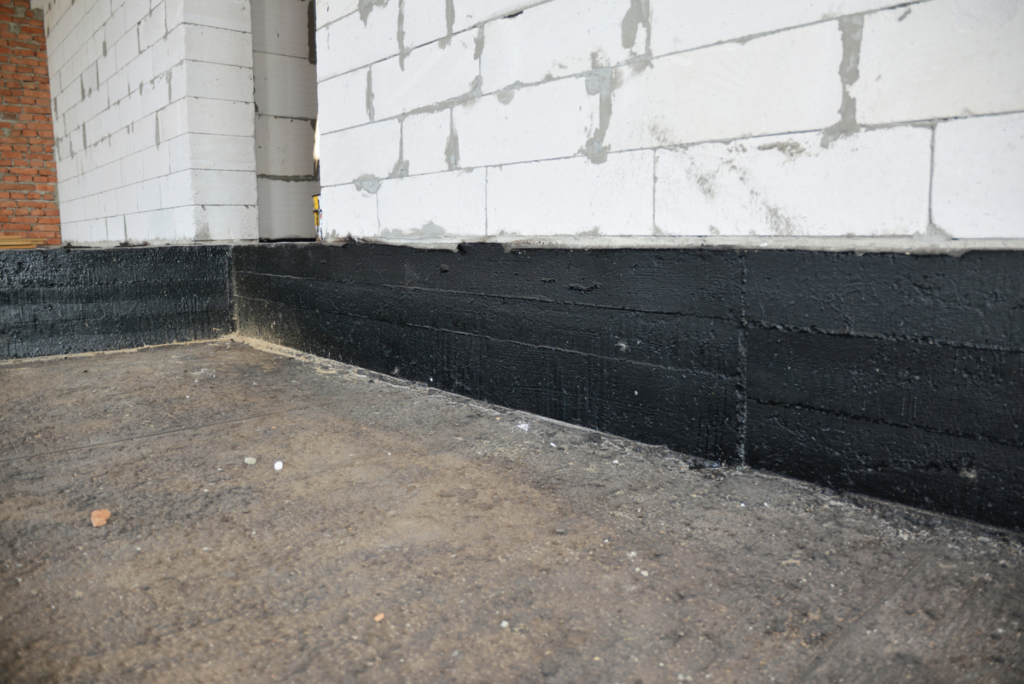Welcome to the Damp Supplies blog, your go-to source for professional advice on waterproofing and damp proofing techniques. As a leading online retailer in the UK, we at Damp Supplies understand the complex challenges faced by skilled tradespeople in the waterproofing sector. In this post, we delve into the top five waterproofing techniques that are essential for any professional’s toolkit.
1. Liquid Waterproofing Membranes
- Overview: Liquid waterproofing membranes are a versatile solution for many waterproofing applications. These fluid-applied coatings, once cured, form a seamless, monolithic membrane that offers excellent flexibility and adhesion.
- Application: Ideal for roofs, balconies, and even below-grade surfaces, these membranes can be applied using a roller, brush, or spray. The key is ensuring a uniform thickness throughout the application area.
- Product Spotlight: At Damp Supplies, we recommend [Product Name], known for its superior elasticity and long-term durability. It’s particularly effective in areas subject to extreme weather conditions.
Liquid Waterproofing Membranes: Advanced Applications
- Challenges and Solutions: Applying liquid membranes in complex areas such as around protrusions or in corners requires skill and precision. Use reinforcement mats or tapes in these areas to ensure a robust waterproof layer.
- Longevity and Maintenance: Regular inspections and maintenance can significantly extend the lifespan of a liquid waterproofing membrane. Look for signs of wear or damage, especially in high-traffic areas.
2. Cementitious Waterproofing
- Overview: Cementitious waterproofing products are a popular choice for areas that are permanently wet. They are a mix of cement, sand, and a specific blend of waterproofing additives.
- Application: This method is particularly favoured for internal wet areas such as bathrooms and kitchens. Application is straightforward – mix the product according to manufacturer instructions and apply it with a brush or trowel.
- Expert Tip: For best results, ensure the surface is clean and damp before application. At Damp Supplies, we offer a range of cementitious waterproofing products suitable for various applications.
Cementitious Waterproofing: Beyond the Basics
- Compatibility with Other Materials: Cementitious products can be used in conjunction with other waterproofing techniques for enhanced protection. For example, combining them with liquid membranes in critical areas can provide double security against water ingress.
- Advanced Application Tips: For a smoother finish and better adhesion, consider using a bonding agent on the substrate before applying the cementitious waterproofing.
3. Sheet Membranes
- Overview: Sheet membranes provide a robust barrier against water and moisture. They are pre-fabricated waterproofing sheets composed of bituminous, polymer-modified materials.
- Application: These membranes are perfect for foundations, tunnels, and roofing. Installation requires precision, as sheets must be carefully aligned and overlaps adequately sealed.
- Product Feature: We stock a variety of sheet membranes, including self-adhesive and torch-on options, catering to different installation preferences and requirements.
Sheet Membranes: Installation Mastery
- Overcoming Common Installation Challenges: Avoiding air pockets and ensuring proper seam overlaps are crucial for the effectiveness of sheet membranes. Using a roller to firmly press the sheets into place can help eliminate air pockets.
- Repair and Patching Techniques: In case of damage or wear, specific patches and sealants compatible with the type of sheet membrane used should be applied to maintain the waterproof integrity.
4. Bentonite Waterproofing
- Overview: Bentonite waterproofing utilizes a natural clay material that swells upon contact with water, forming a dense, impermeable barrier. It’s particularly effective for below-grade waterproofing.
- Application: Commonly used in the form of panels or sheets, bentonite waterproofing is installed against the concrete structure. It’s critical to ensure proper overlap and integration with drainage systems.
- Insider Advice: While bentonite is highly effective, it’s essential to consider site conditions and compatibility with other construction materials. Our team at Damp Supplies can advise on the best use cases for bentonite products.
Bentonite Waterproofing: Maximizing Effectiveness
- Site-Specific Considerations: Bentonite’s performance can be affected by the site’s hydrological conditions. In areas with high groundwater levels, additional protective measures may be necessary.
- Integration with Drainage Systems: Proper integration with drainage systems is crucial for bentonite waterproofing, especially in below-grade applications, to manage the water load effectively.
5. Polyurethane Liquid Membranes
- Overview: Polyurethane liquid membranes offer a flexible, yet durable waterproofing solution, particularly suitable for areas with high thermal or structural movement.
- Application: These are typically applied in two coats with a roller or spray. They are widely used for flat roofs due to their excellent weather resistance and ability to bridge small cracks.
- Product Highlight: At Damp Supplies, we offer high-quality polyurethane membranes, renowned for their strong adhesion and ease of application.
Polyurethane Liquid Membranes: Expert Tips
- Application in Varying Weather Conditions: Polyurethane membranes can be sensitive to weather conditions during application. Ensure the surface is dry and apply during mild weather conditions for optimal results.
- Repair and Maintenance: Regular checks for cracks or peeling are essential. Polyurethane membranes can be easily repaired with a new application over the affected area.
Waterproofing is a critical aspect of building construction and maintenance and using the right technique is key to ensuring long-term protection against water and moisture. Whether you’re working on a new build or a restoration project, these five waterproofing techniques are invaluable tools in any professional tradesperson’s arsenal.
